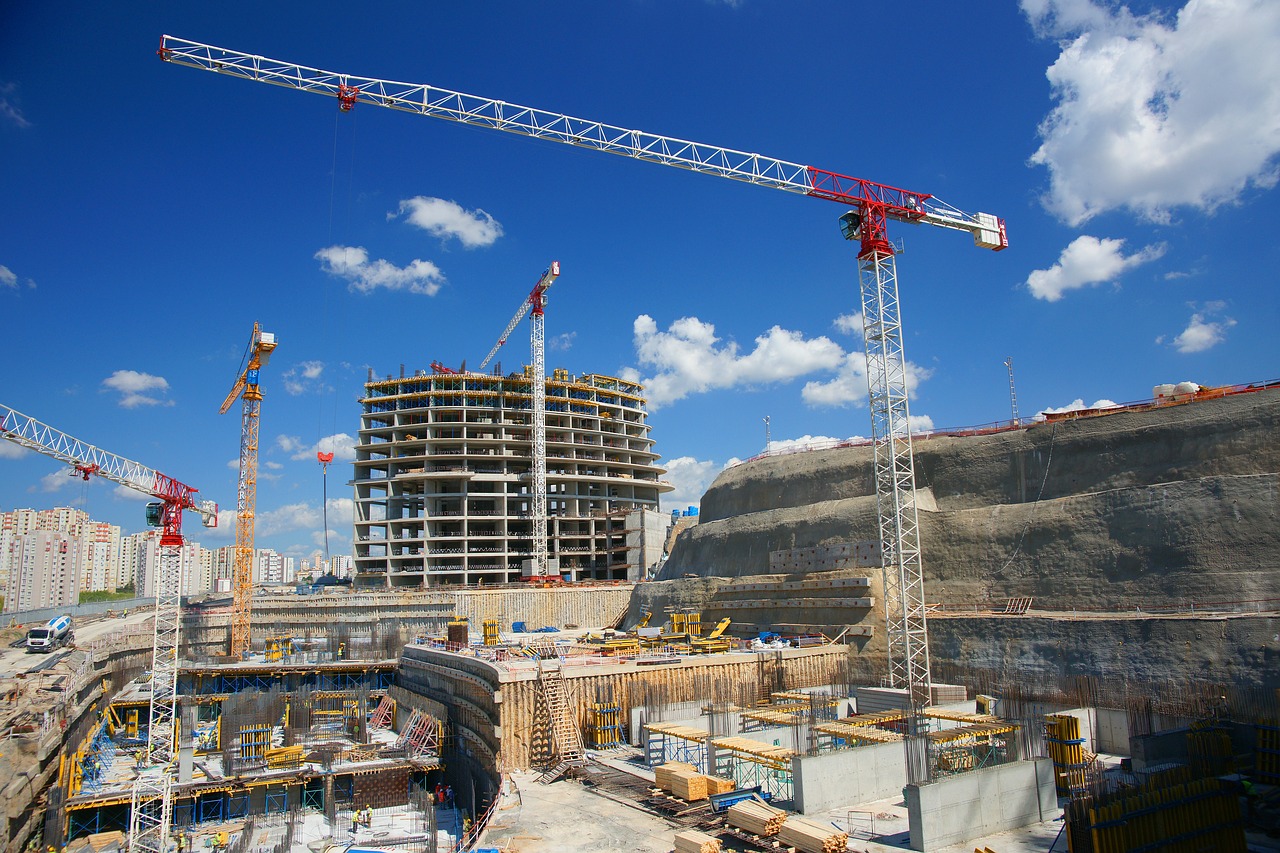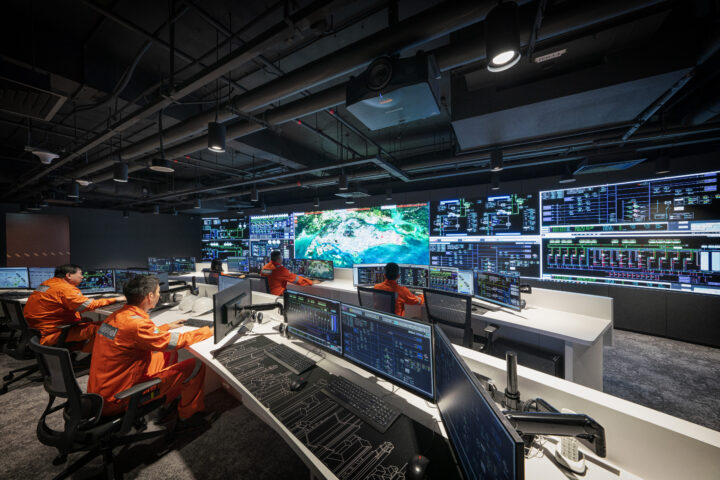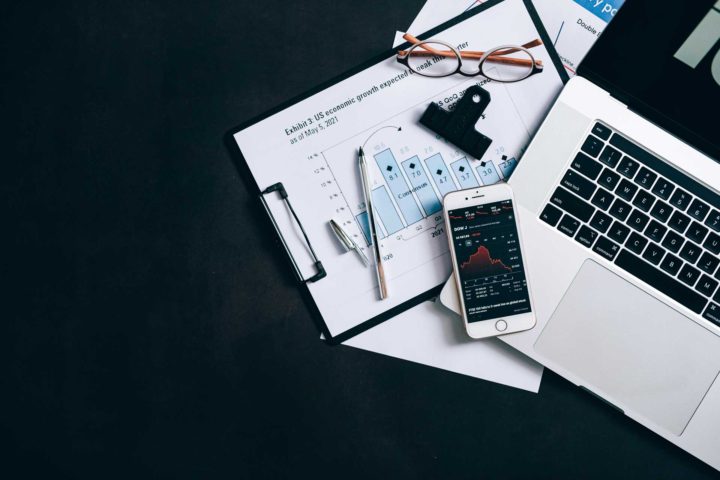Many companies have started adopting Internet of Things (IoT) or Industry 4.0 technologies. Of course IoT involves smart devices or sensors attached to objects, but what we actually should be focusing on is the data we can get from them. Without using the data for something, the IoT value proposition will be lost.
In this post, we are going to talk about some methods to achieve results from your IoT infrastructure.
Step 1: Monitoring
Collect data from equipment
First, we collect data from various types of sensors in the equipment. This could be heat, sound or visual data, and can be sent through in real time. Then this data is transferred to a central location for storage, which could be on premises or in the cloud.
Extract only the relevant data
The next step is to select the relevant data for the task at hand. In general, the most useful data will have some kind of change or interesting movement. This data will be used to predict future faults and lifespans, so there needs to be something to base these predictions on.
Visualise data to make predictions
By creating visualisations of the data gathered, you can turn the data into information readable by humans, which can be used to make predictions. This step gathers meaning from the data to help your business. For example, based on oscillation or sound data, the breaking down of a machine could be predicted. The IoT data could be visualised with tables, graphs or maps.
Step 2: Optimisation
The next step is to decide on what you want to achieve with the data. For example, that might be improving efficiency or labour saving. Once you have decided on your theme, this will the basis for demonstrations to stakeholders. These demonstrations aim to engage a wide range of stakeholders, such as end users and maintenance staff, whose immediate feedback will assist in developing new technologies and services.

Step 3: Control

The final step of achieving results and realising the IoT value is to control the IoT devices. This could involve remotely accessing devices, and monitoring their status or even remotely operating them.
For example, you could change the settings on construction equipment from a central office, or operate survey drones to confirm the situation on-site.



